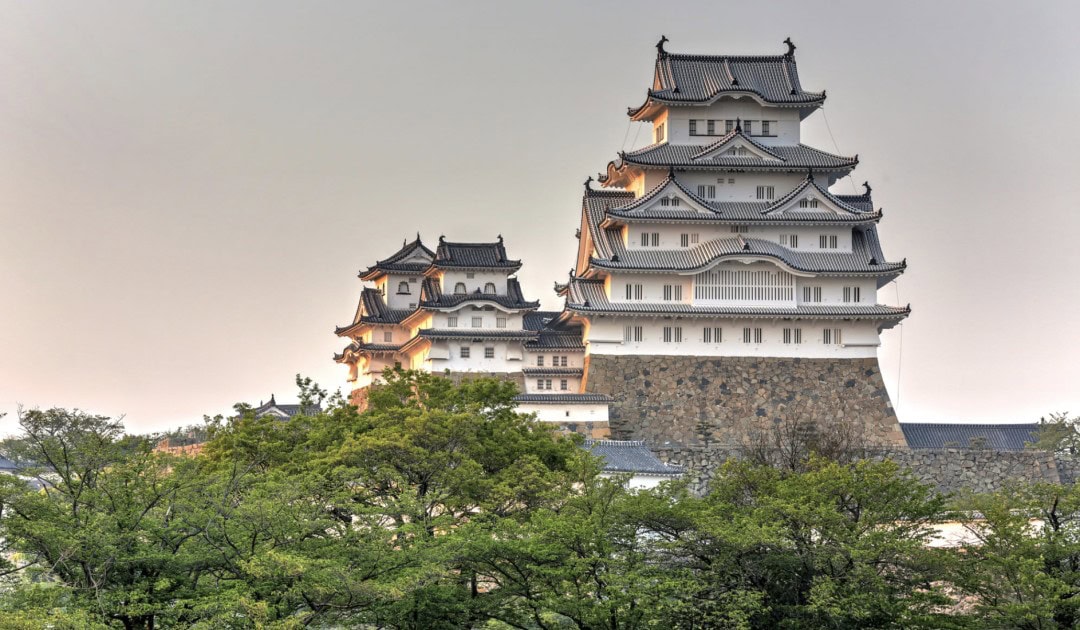A few days ago, there was a fireworks festival in Hangzhou. Our great Hangzhou hadn’t had fireworks in a long time, and it was immensely popular.
I went to see it and was a little disappointed. Not that the fireworks weren’t good, but there were just too many people, and the heavy fog that day somewhat affected the viewing experience.
Thus, the slightly negative reviews on Weibo are understandable. However, after such a long time, being able to see so many fireworks again in Hangzhou is already very satisfying.

Today’s article is about Japan’s fireworks festivals.
In Japan, about 3,000 fireworks festivals are held each year. The Japanese really cherish those beautiful things that bloom brilliantly but fade quickly, like cherry blossoms and fireworks.

Fireworks festivals lighting up the night sky are an indispensable summer tradition in Japan and one of the most romantic events in the world.
Tomohisa Yamashita once said that all his memories of summer are yukata, fireworks, and Masami Nagasawa.
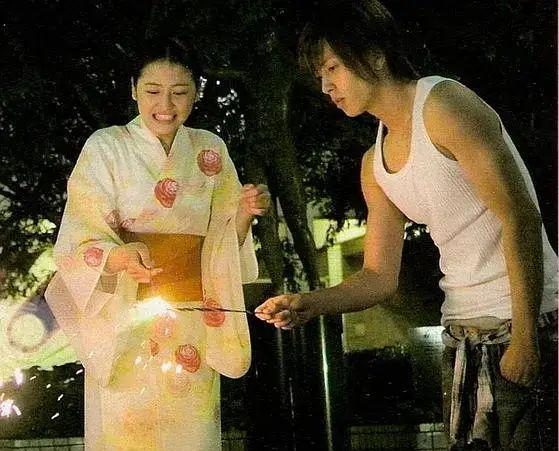
The Japanese love making maps. There are special maps for cherry blossom viewing in spring, for autumn foliage viewing in fall, and naturally, fireworks festival maps for summer fireworks viewing.
If you want to know the schedule for fireworks festivals across Japan, the two websites below have very comprehensive data. You can check detailed information for each region’s fireworks, including the estimated number of fireworks and last year’s audience size, and even watch live broadcasts of the event (most fireworks festivals are in summer, so the 2023 updates will generally be in April or May).
https://sp.jorudan.co.jp/hanabi/
https://hanabi.walkerplus.com/
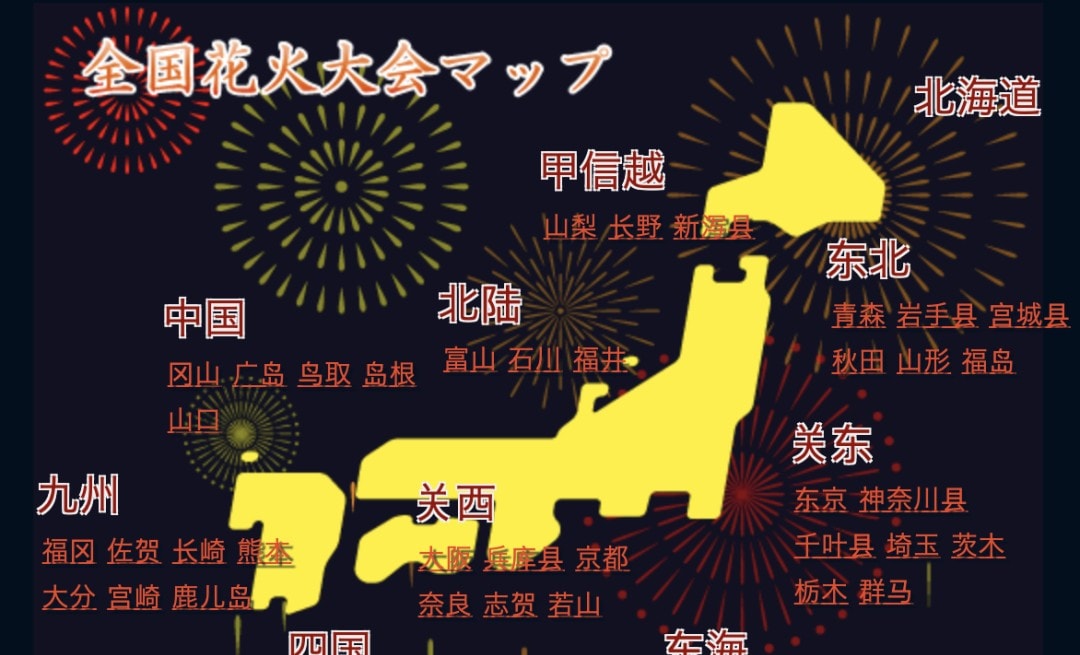
Each fireworks festival on these sites comes with detailed information, such as time, number of fireworks, maps, transportation information, weather information, and more. It’s very comprehensive.
These websites are updated yearly, so even if you don’t plan to visit this year, you can save them for future reference.
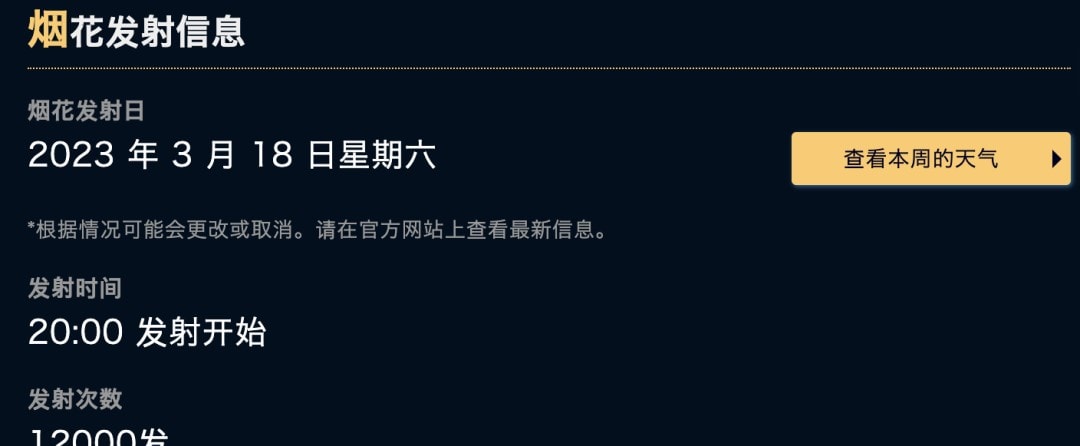
To illustrate how densely packed Japan’s fireworks festivals are, here’s an example from August 2022.
Look at the table below to see how densely packed the dates with fireworks festivals are. Almost three-quarters of August has fireworks festivals, sometimes multiple events per day.
Of course, these festivals are spread across different regions of Japan.
The schedule for this year isn’t out yet, but there will undoubtedly be even more, especially since the pandemic situation has improved.
Most of Japan’s fireworks festivals are held by the sea, rivers, or lakes. The advantage of this is that you get beautiful reflections while watching, and the environmental impact is relatively minimal.
Most viewing areas are free, with a small number of scenic spots requiring tickets.
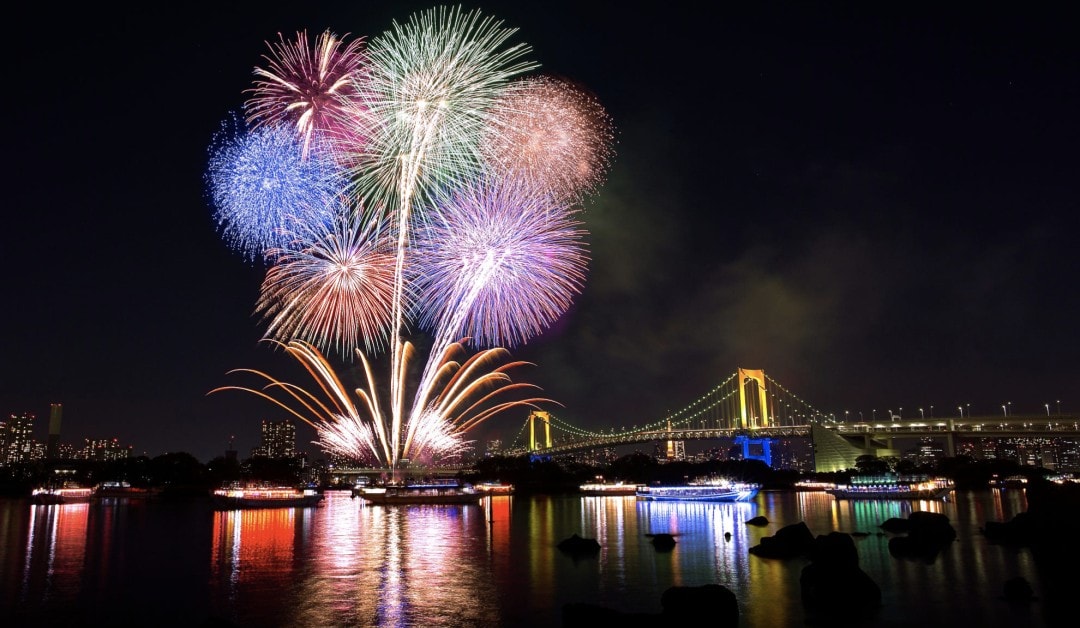
Among them, the National Fireworks Competition in Akita Prefecture, the Tsuchiura National Fireworks Competition in Ibaraki Prefecture, and the Nagaoka Festival Grand Fireworks Show in Niigata Prefecture are known as the “Three Major Fireworks Festivals of Japan.”
These three major fireworks festivals can be said to showcase the carefully prepared works of the most outstanding fireworks artisans in Japan today.
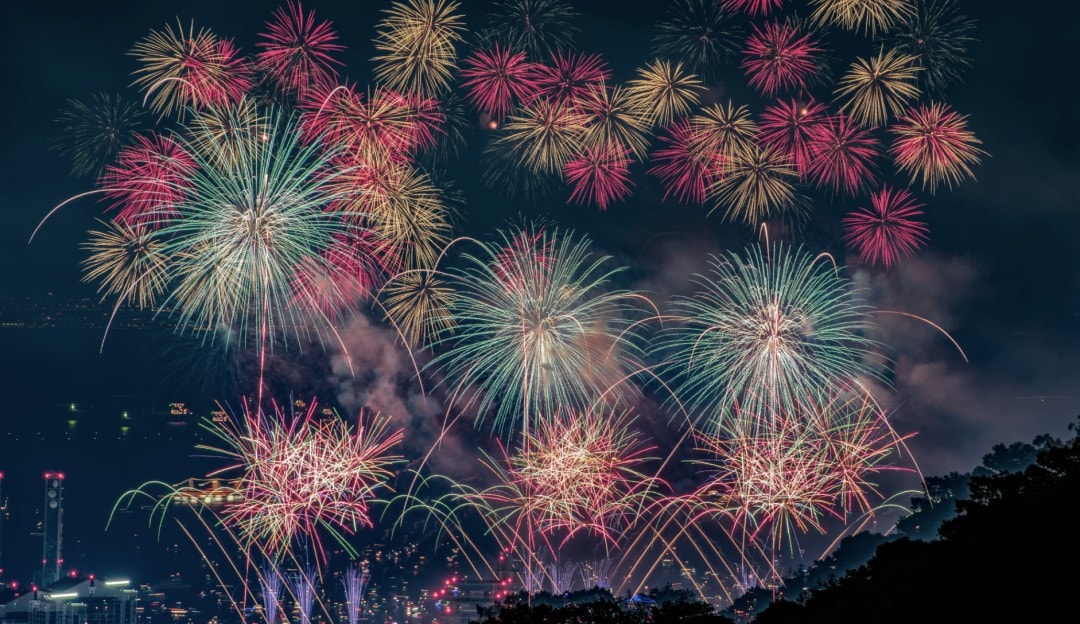
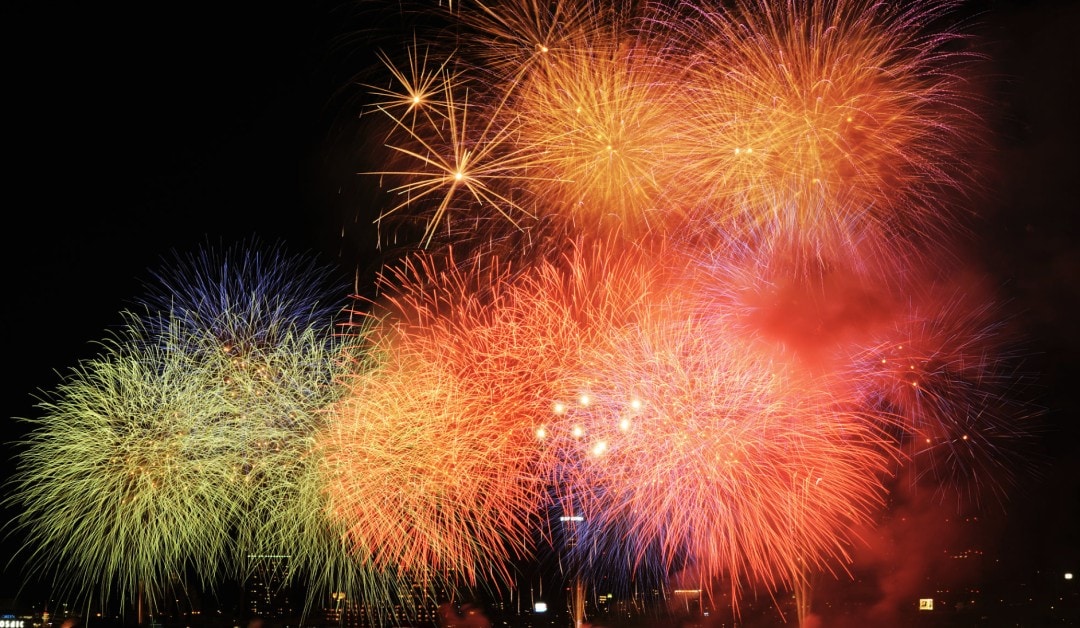
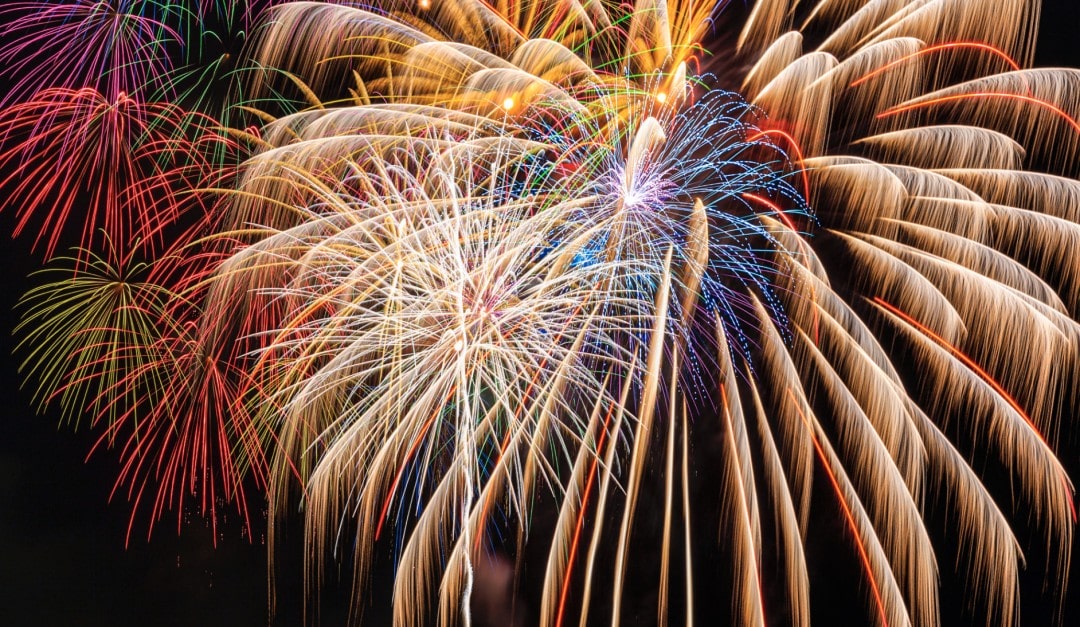
The National Fireworks Competition in Akita Prefecture started in the 43rd year of the Meiji era (1910) and has a history of over 100 years. It is one of the most authoritative fireworks competitions held across various regions.
It usually takes place on the fourth Saturday of August each year (postponed if it rains).
Daisen City in Akita Prefecture has a population of less than 100,000, but during the fireworks competition, over 500,000 people come to watch the fireworks, making accommodation scarce.
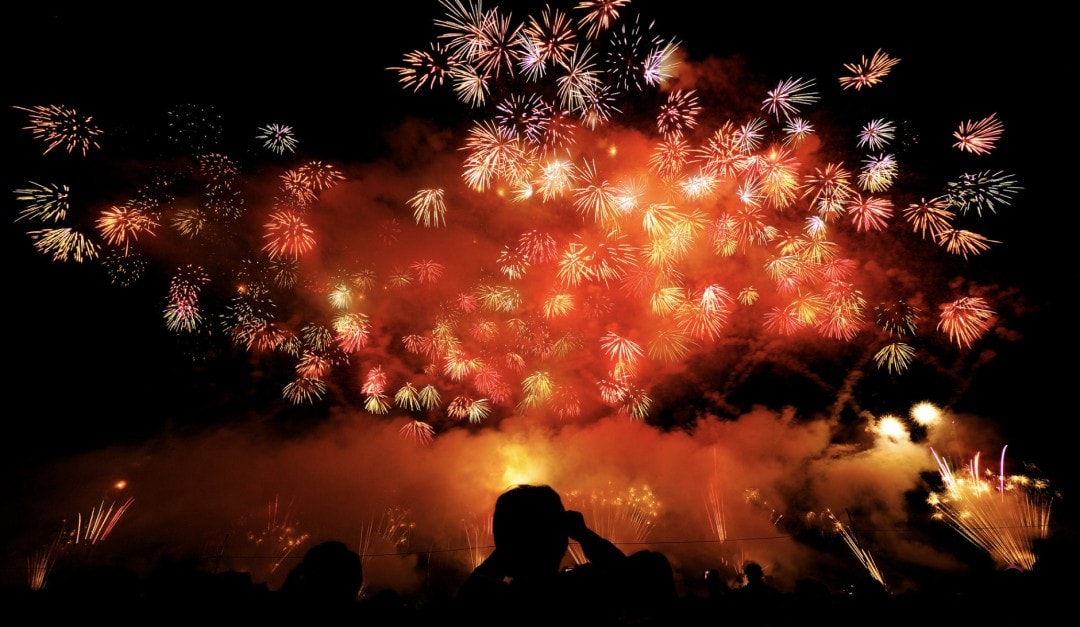
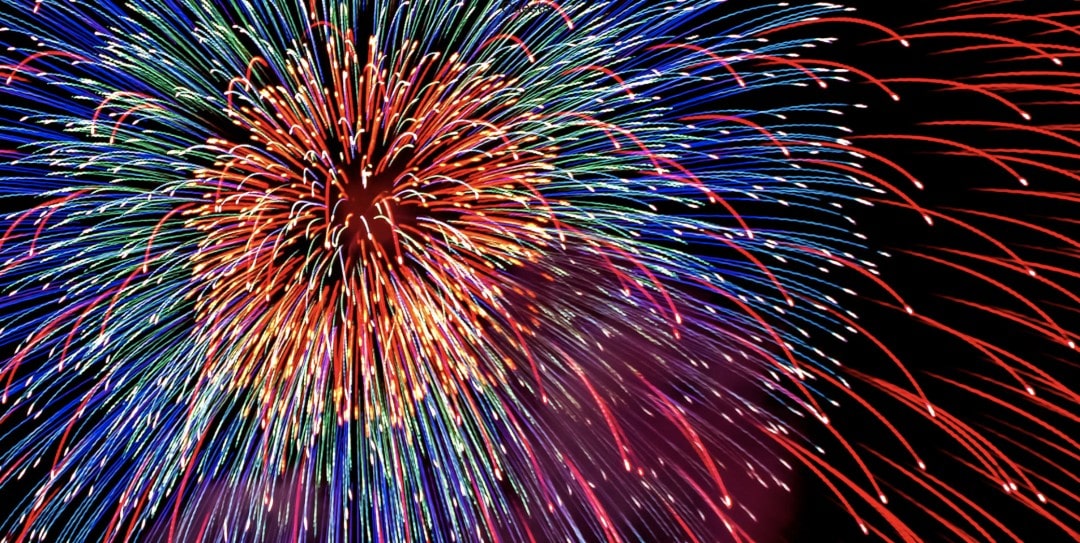
The Tsuchiura National Fireworks Competition in Ibaraki Prefecture began in 1925 and has been held for nearly 100 years.
It is held on the first Sunday of October each year, making it a relatively rare autumn fireworks festival in Japan.
One advantage of this festival is that it is in Ibaraki, which is right next to Tokyo (Spring Airlines flights to Tokyo stop at Ibaraki Airport), making it quite convenient for people from other countries to visit Ibaraki for the fireworks festival.
Many people go to Tokyo and overlook Ibaraki, which is quite a pity.
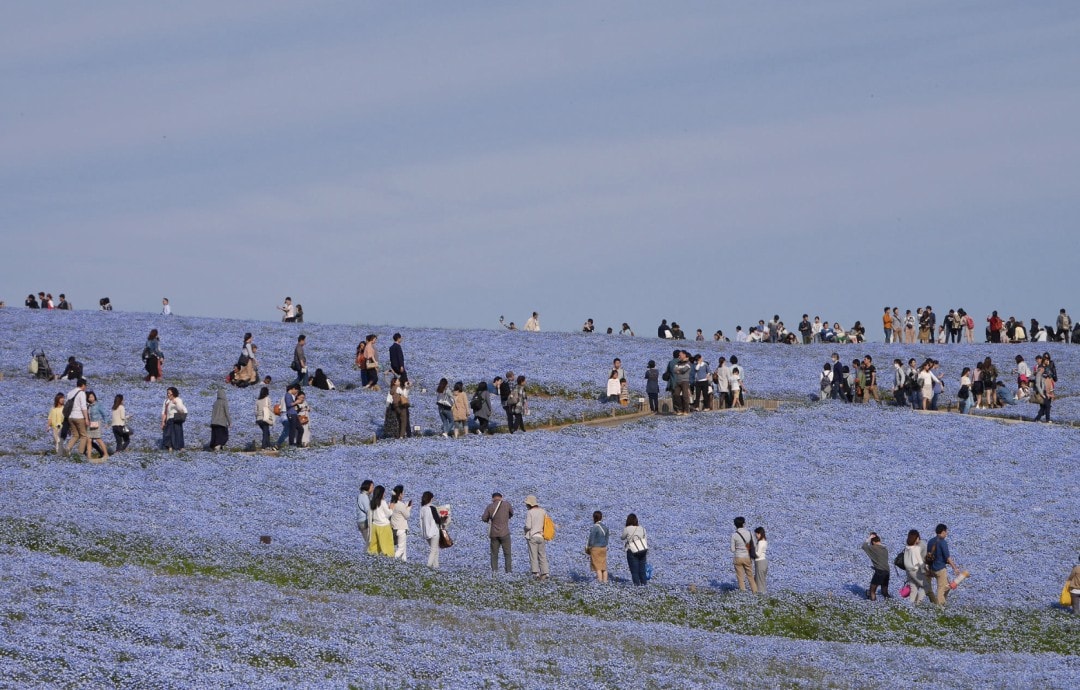
The Tsuchiura National Fireworks Competition has competitive events, gathering top professional fireworks craftsmen from across the country.
Here, you can see fireworks with diameters of 200 meters or 250 meters. During the finale, there are also hundreds of fireworks launched in rapid succession.
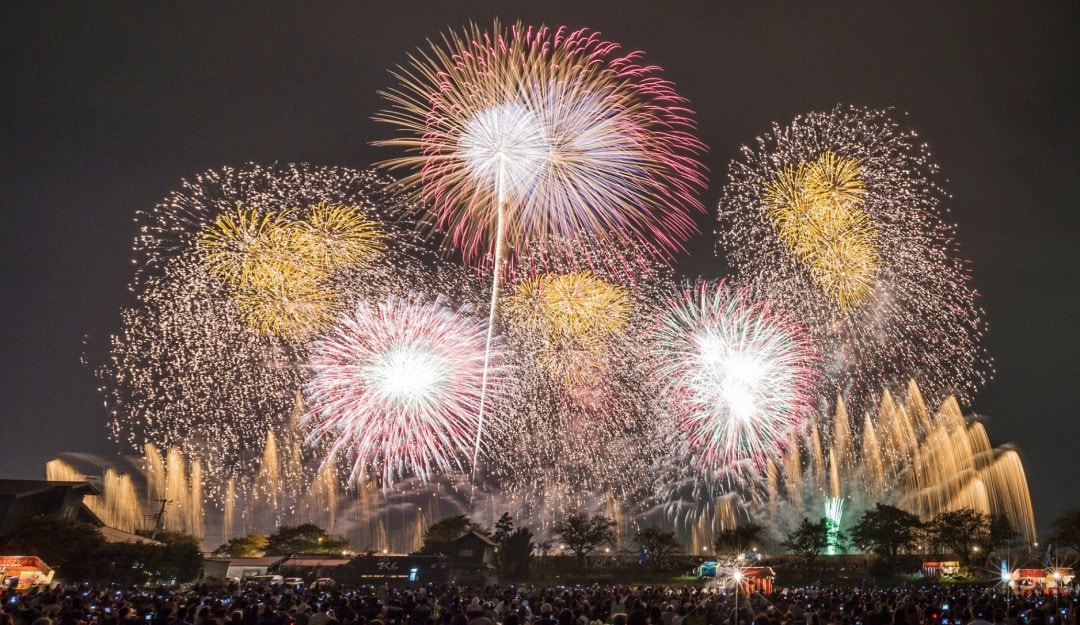
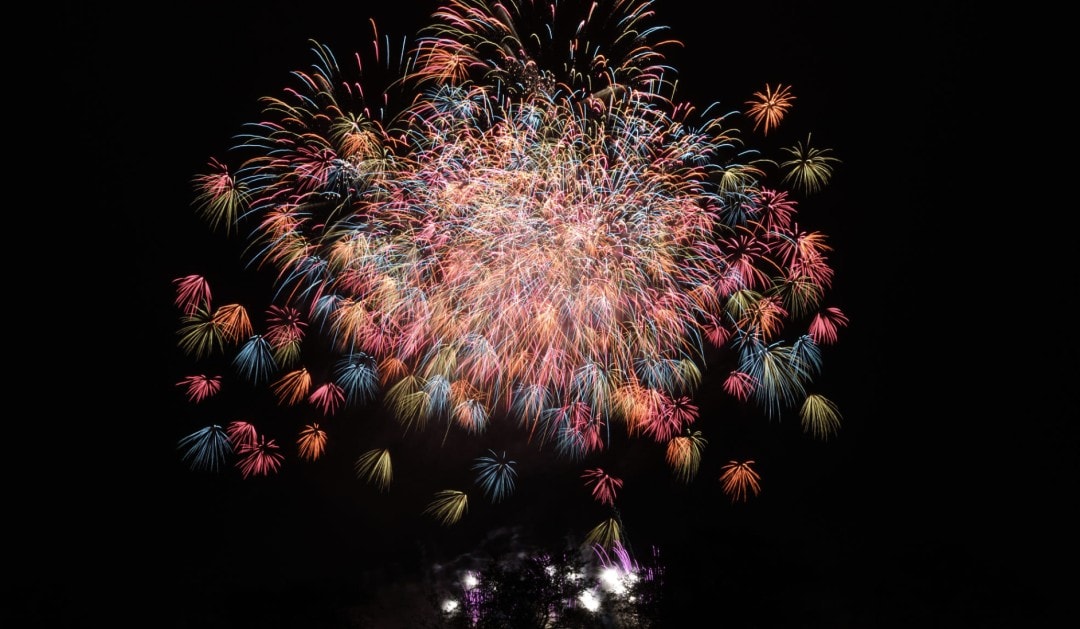
The Nagaoka Fireworks Festival is held almost every year on the same dates, August 2nd and 3rd, along the banks of the Shinano River.
The features here include large fireworks (the largest with a diameter exceeding 600 meters) and the duration of the festival (about 2 hours).
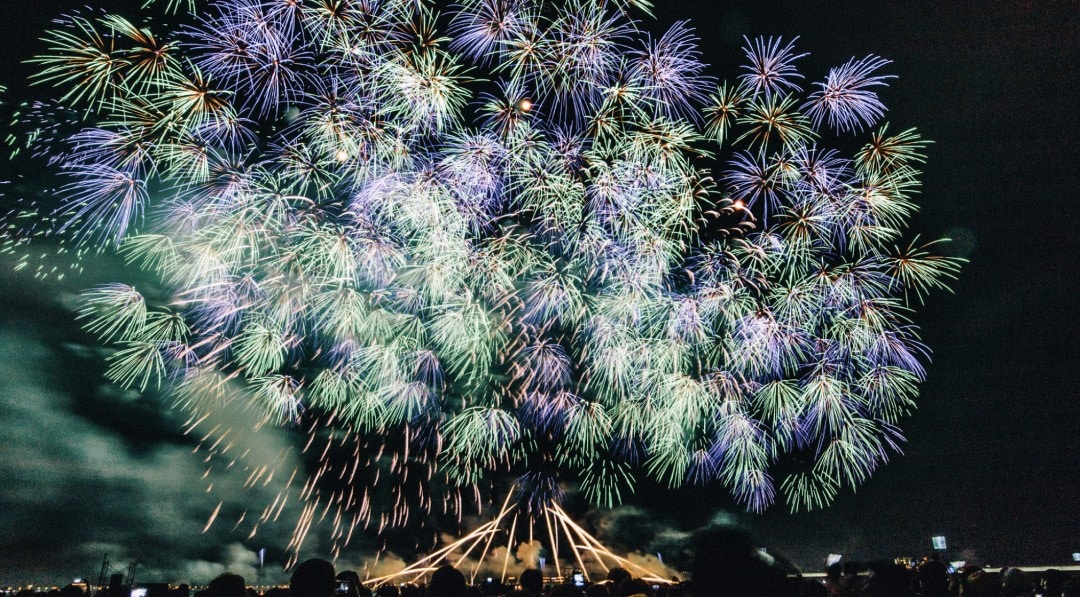
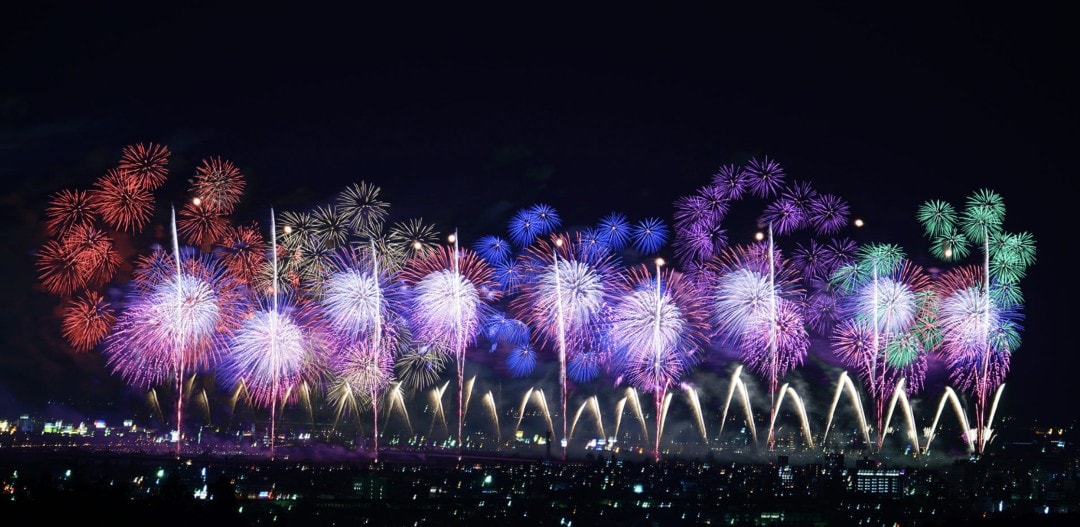
These three are relatively large, occurring once a year, with tens of thousands of fireworks each time. It’s quite exhilarating, but finding the right dates and securing tickets can be challenging.
I also recommend a long-term fireworks festival in Japan, one that lasts for half a year: the Lake Toya Fireworks Festival in Hokkaido.
It runs from around the end of April to the end of October each year, with 450 fireworks being displayed every night from 8:45 PM to 9:05 PM. As long as it doesn’t rain, you can see fireworks every day.
If you are in Lake Toya, Hokkaido, it’s worth checking out as it’s also free to watch.
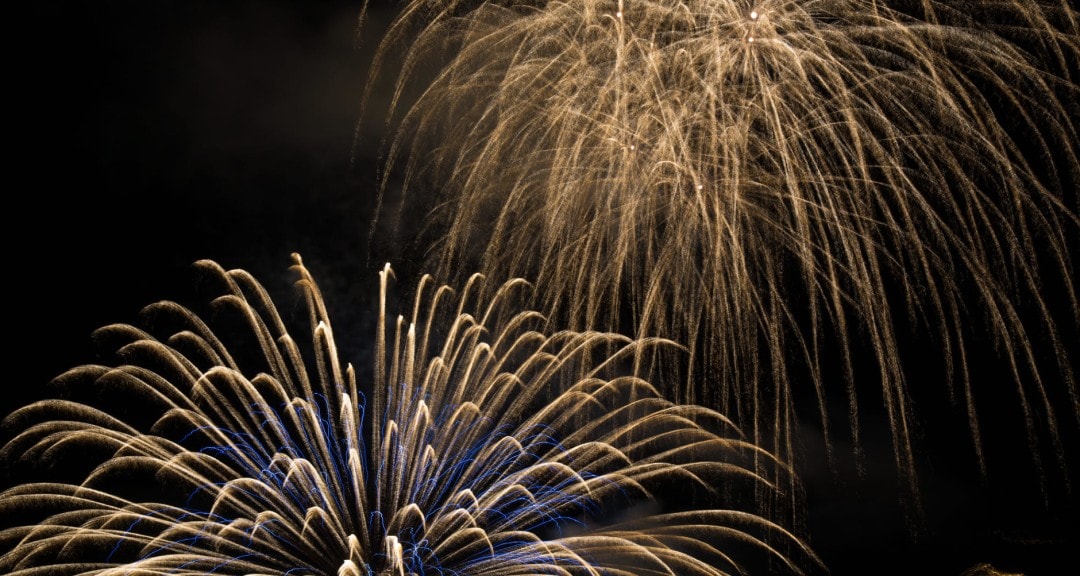
Lastly, here are some tips about Japan’s fireworks festivals.
Japanese girls often change into yukatas to attend firework festivals. These festivals are a quintessential part of Japanese summer. Donning a yukata and bringing along your boyfriend can definitely turn heads with a little PDA.
As for Chinese visitors, feel free to dress as you like; there’s no need to strictly follow local customs. However, one piece of advice: avoid wearing wooden clogs. The festivals can get crowded, and wooden clogs would make getting around quite inconvenient.
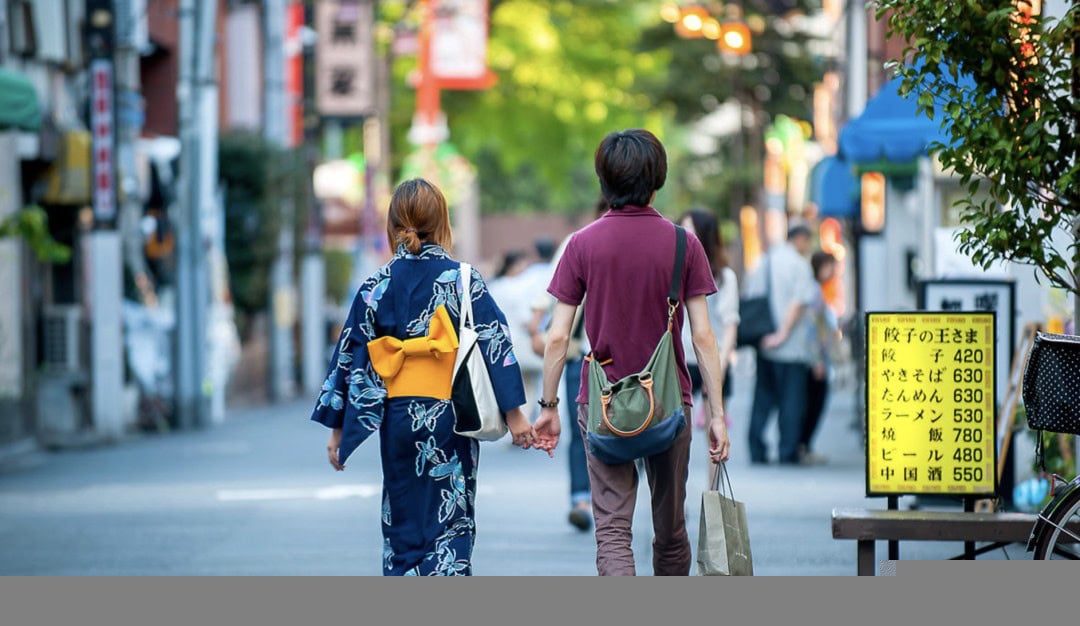
Make sure to leave some room in your stomach. Apart from enjoying the fireworks, you can also savor a variety of snacks at the festival.
If you’re attending with someone you fancy, don’t forget to buy a candied apple. In Japan, they hold special significance—buying a candied apple for someone implies that you like them. The sweet and tangy taste symbolizes the flavor of love.
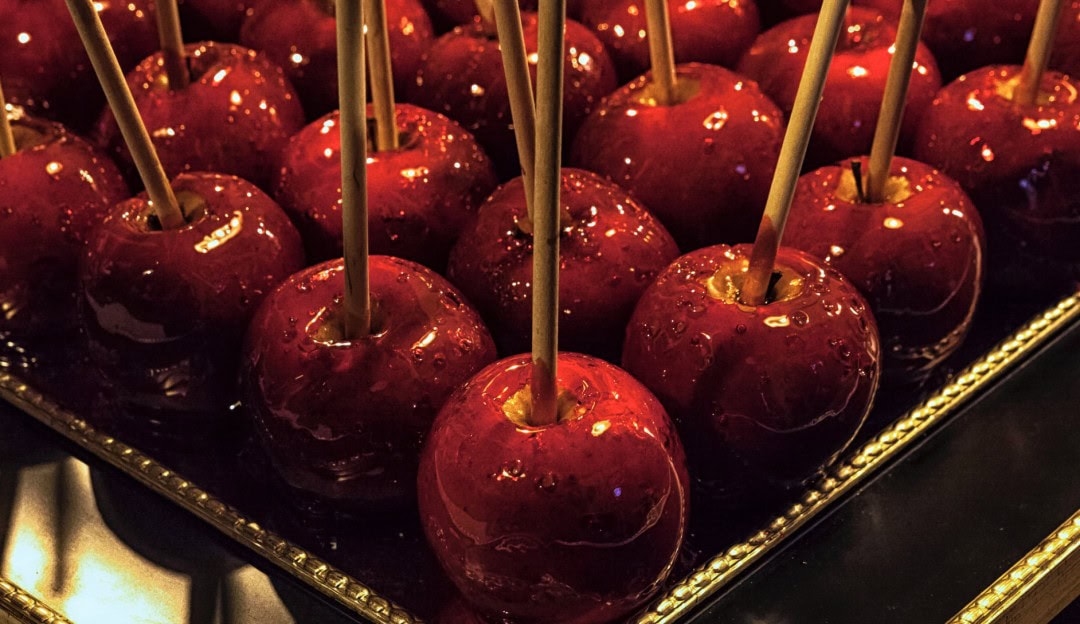
Some firework festivals do charge an admission fee (like the big three), and certain festivals have paid viewing areas with prime spots for watching the show.
During the festival season, hotel prices tend to rise significantly. It’s advisable to book your room in advance to secure accommodation.
